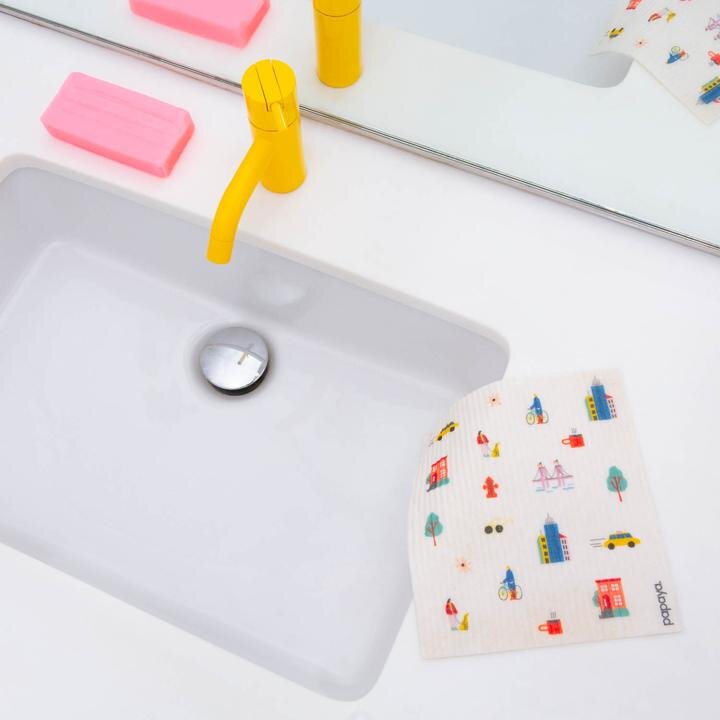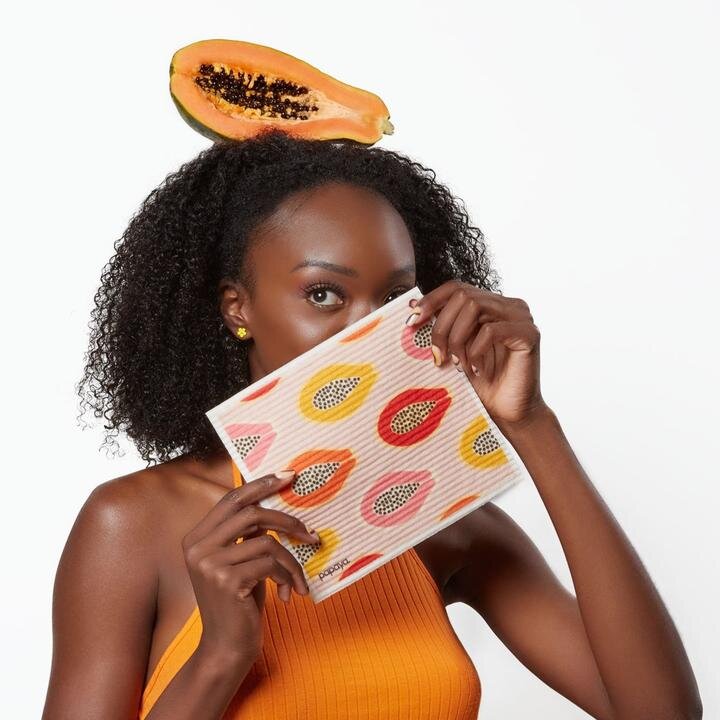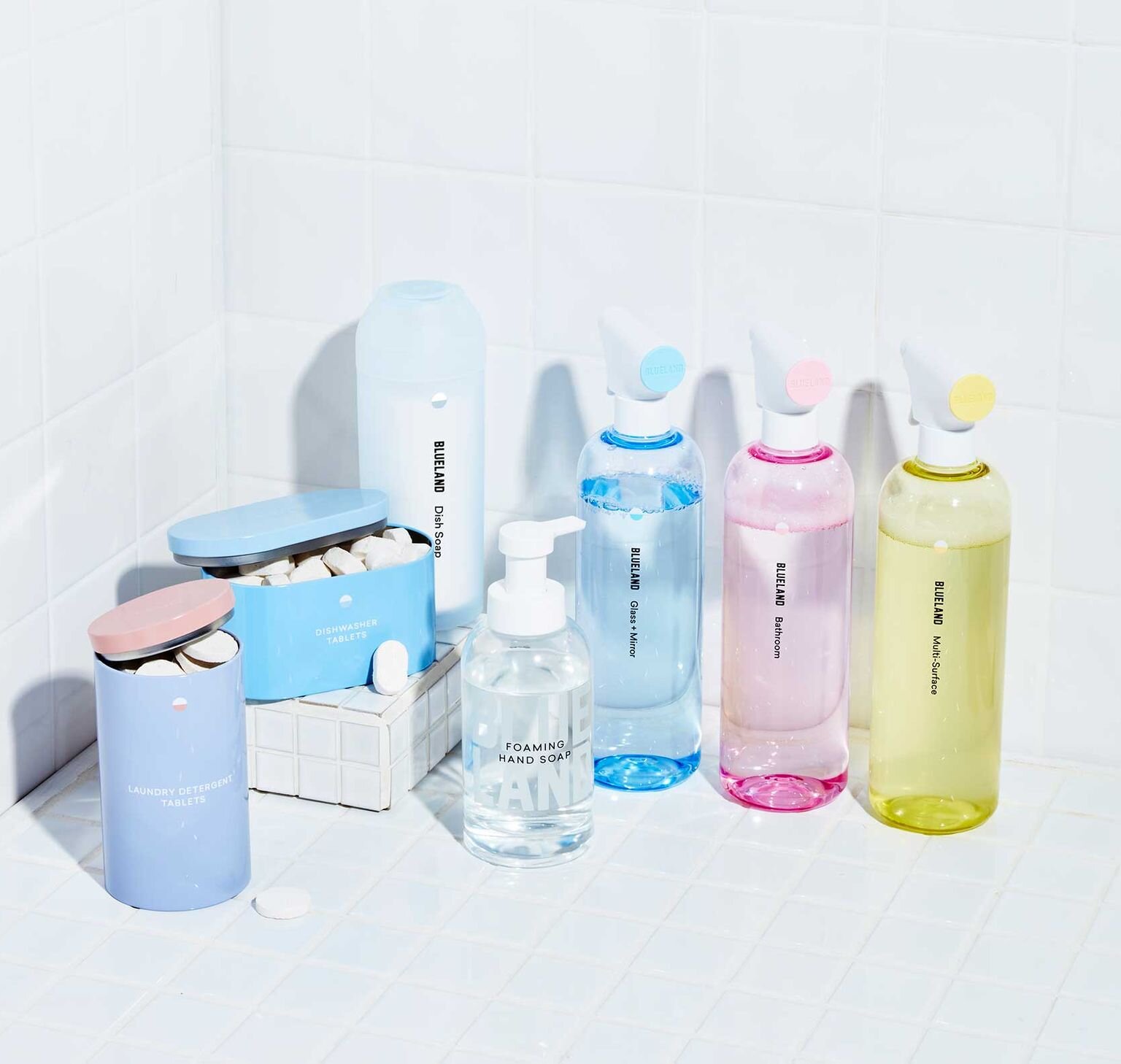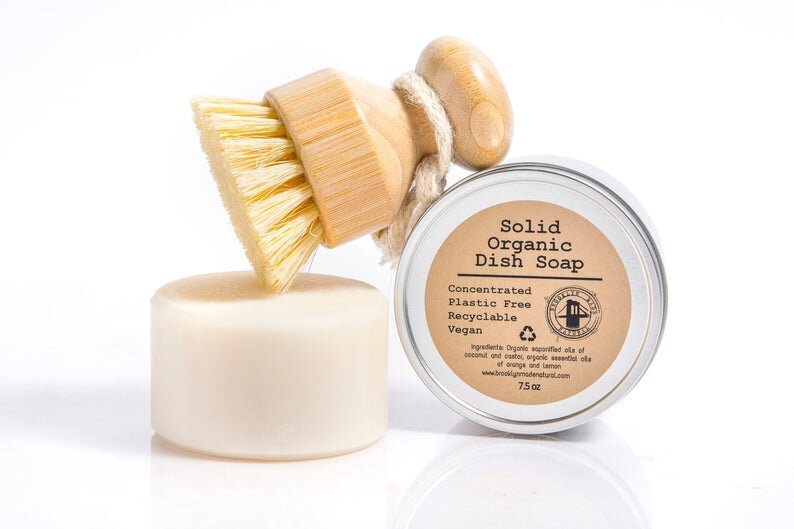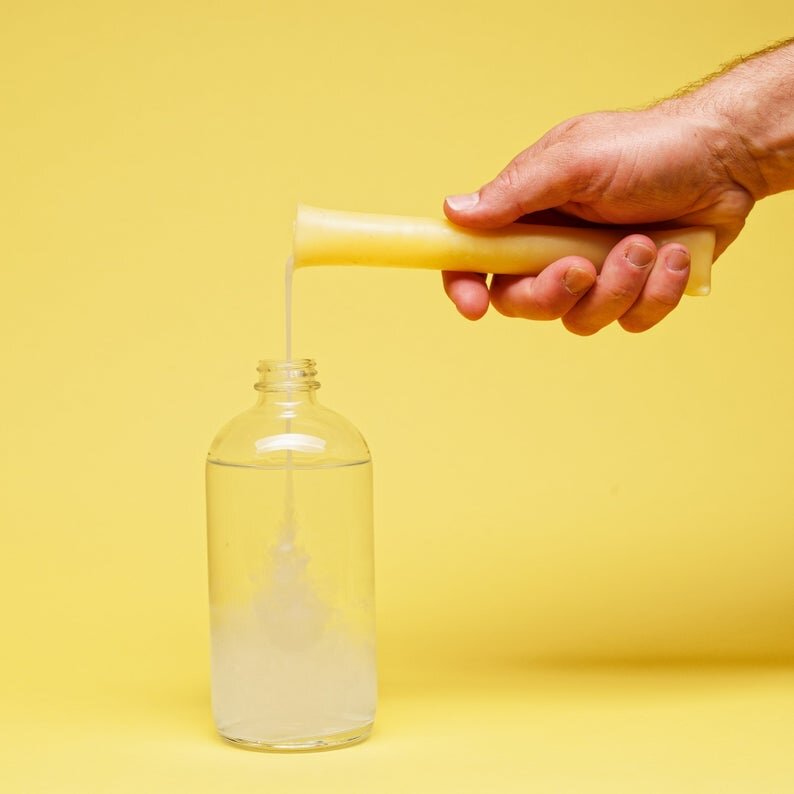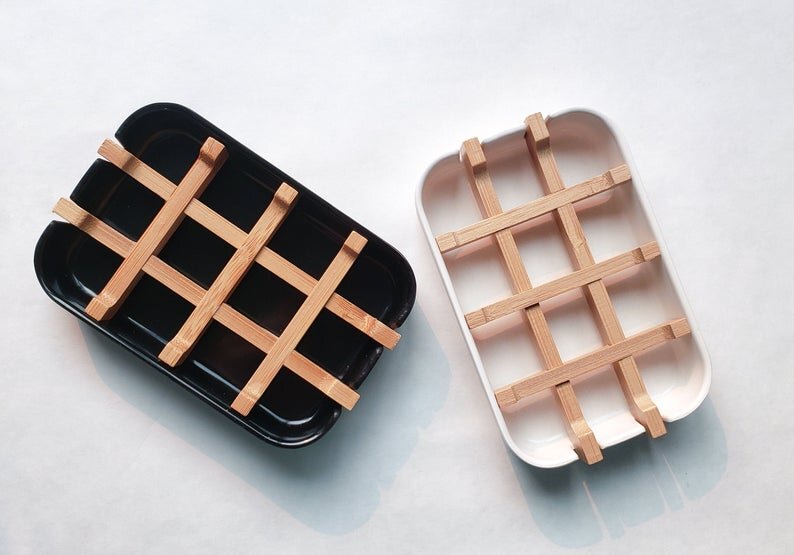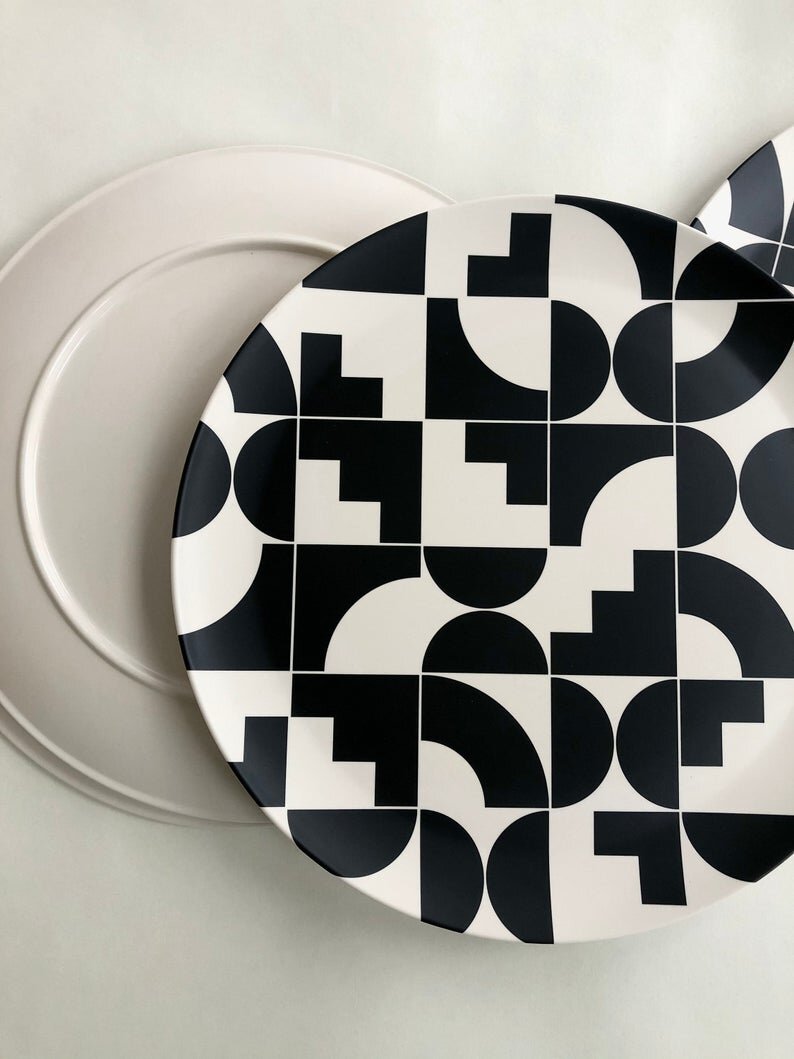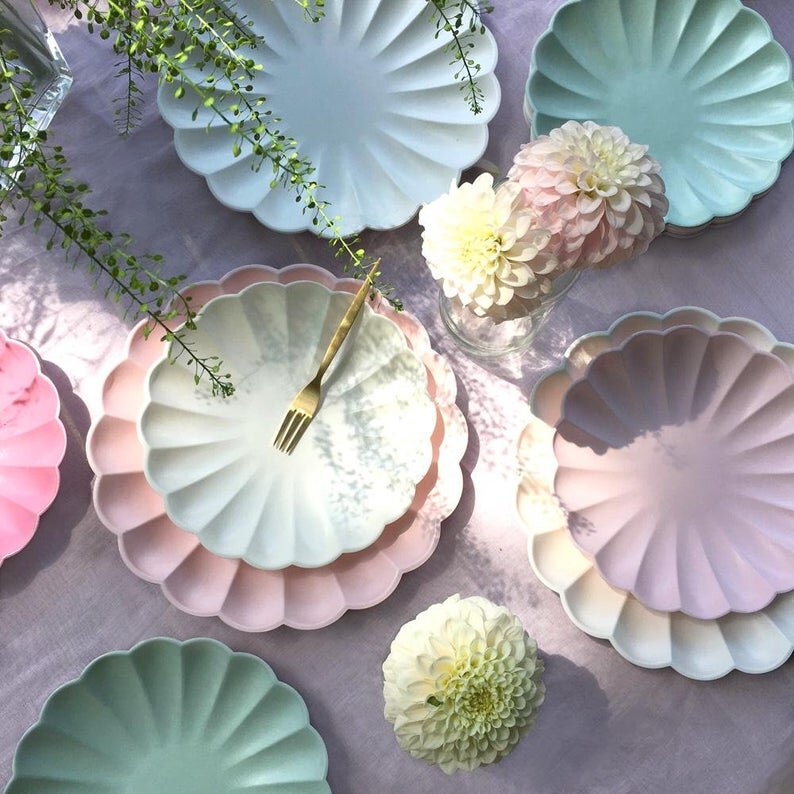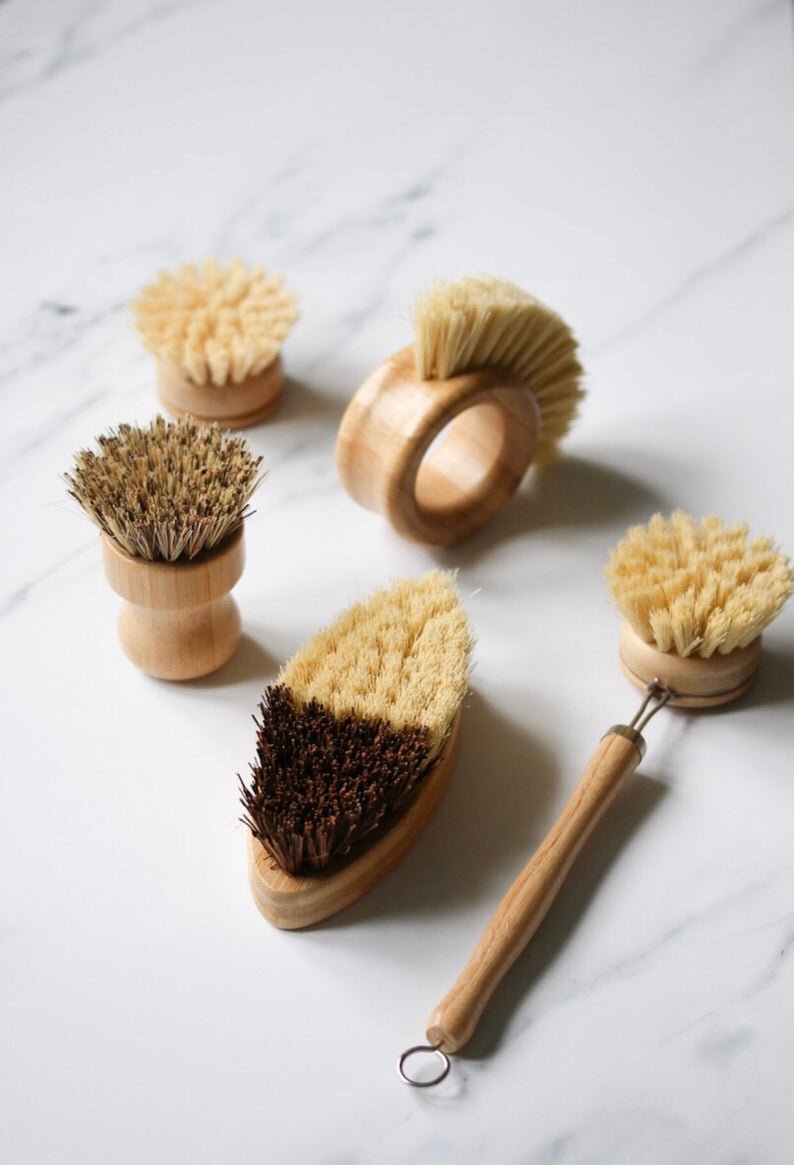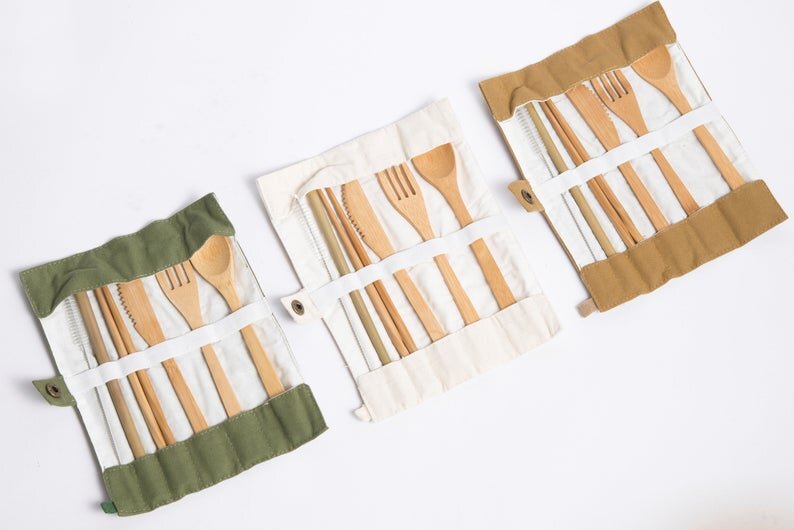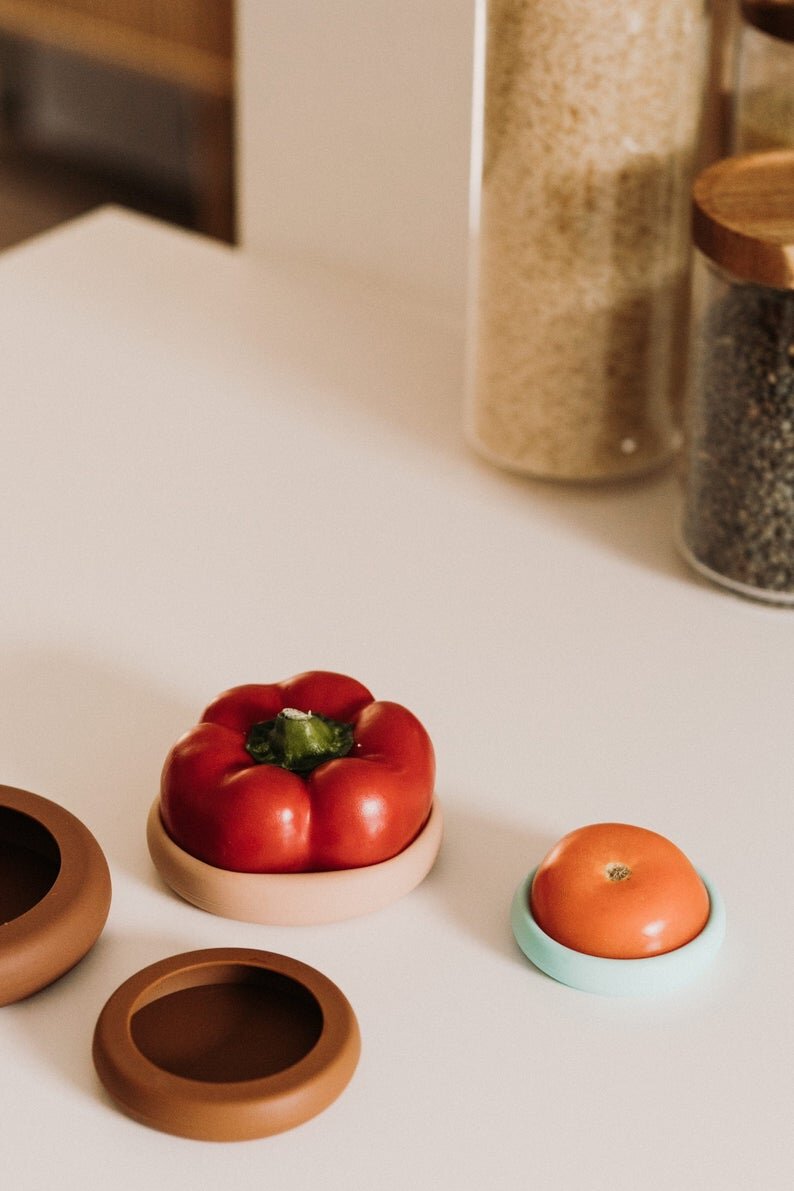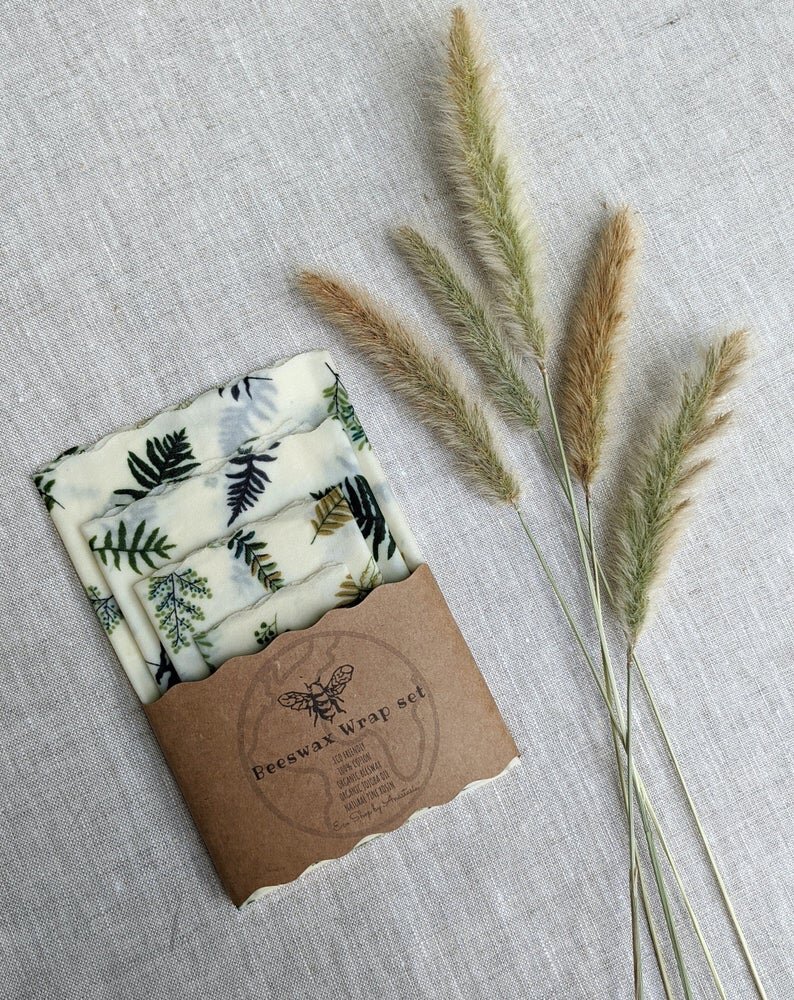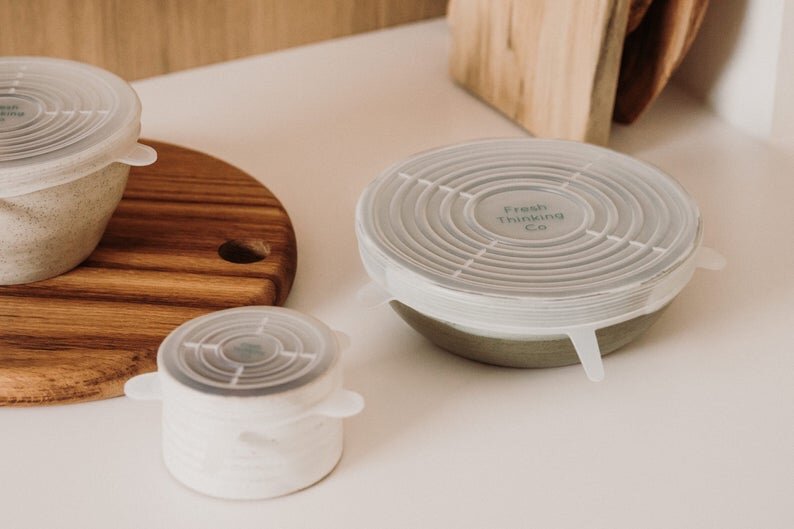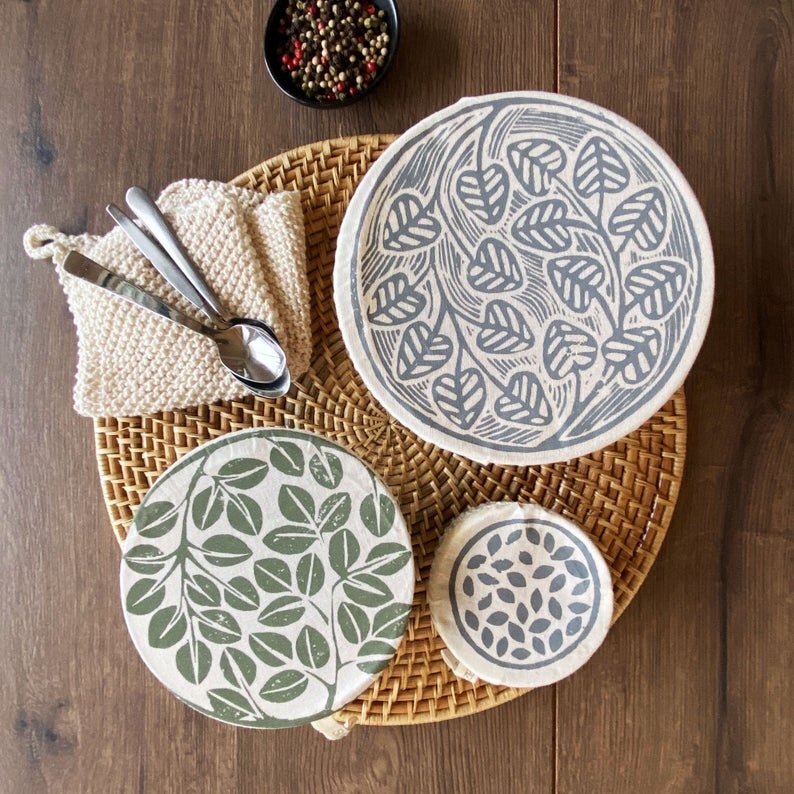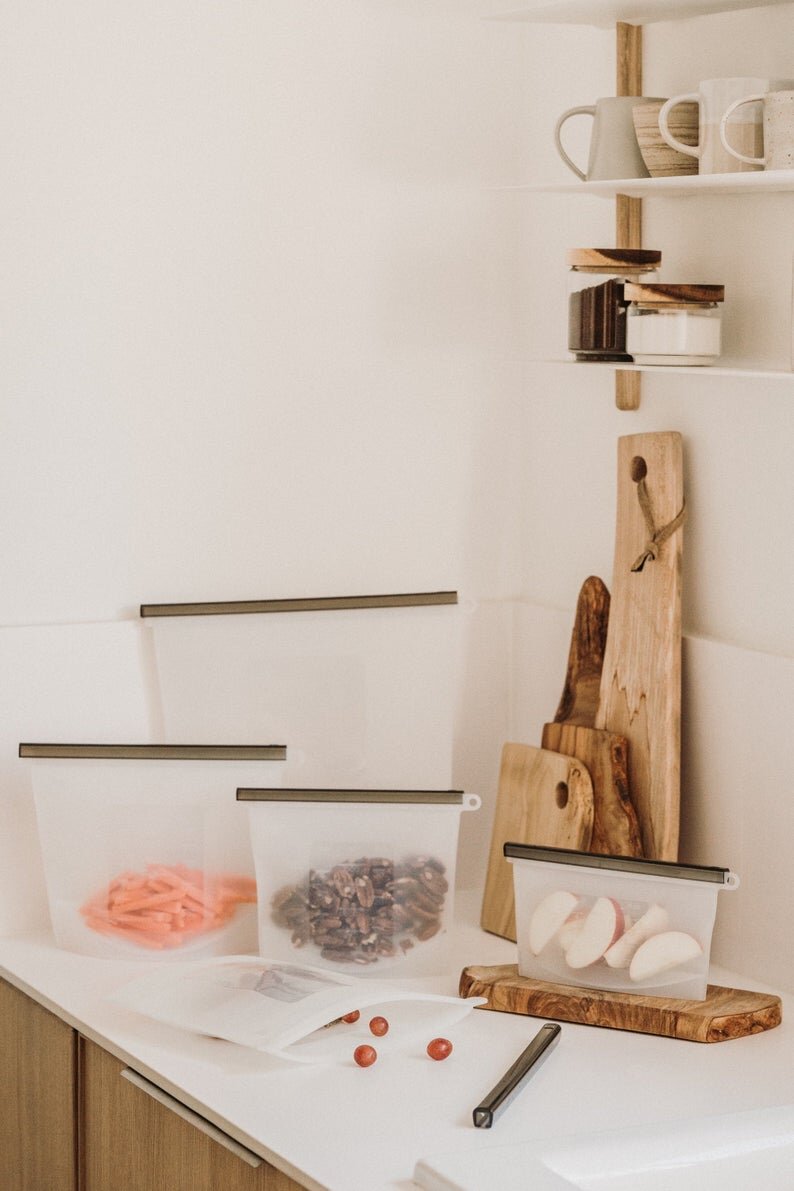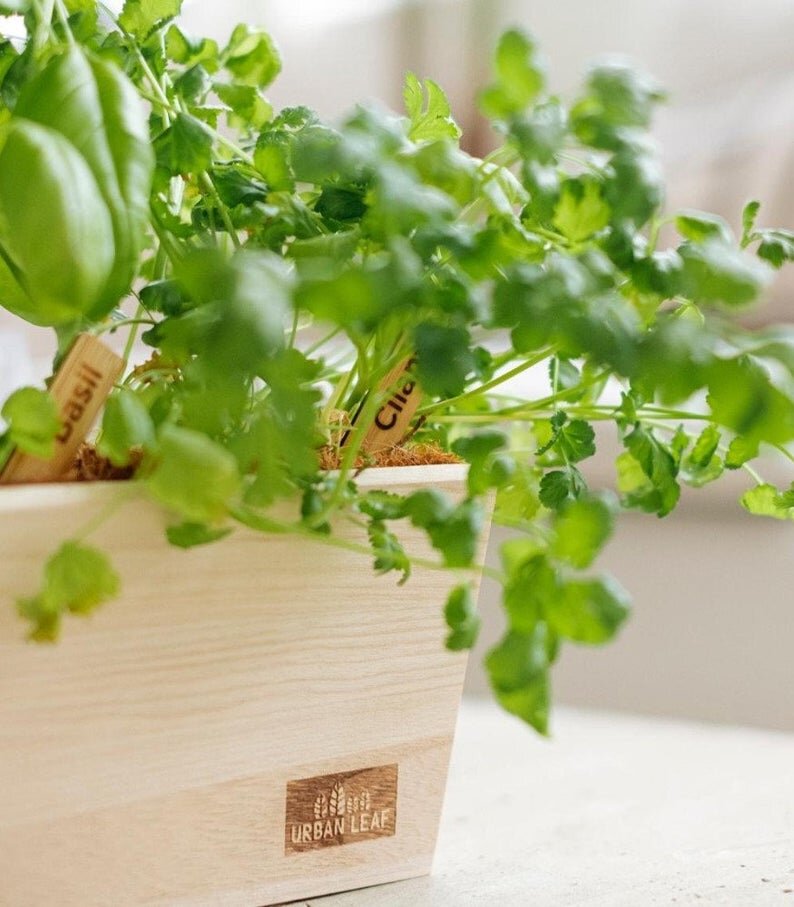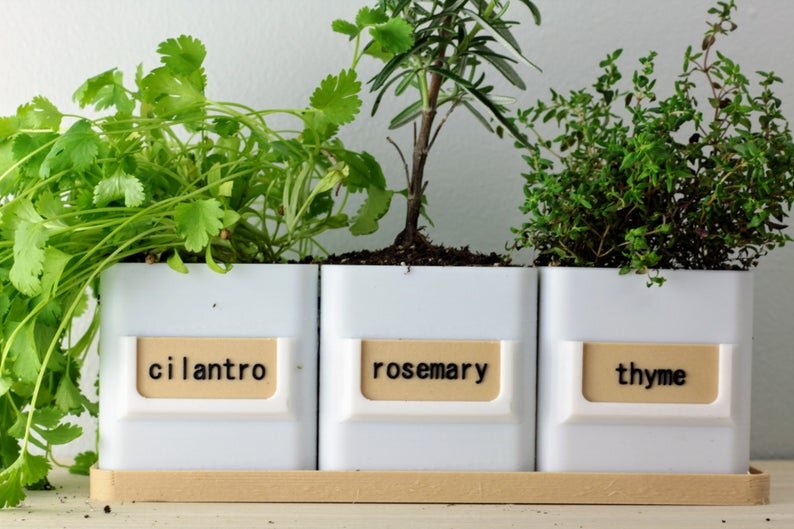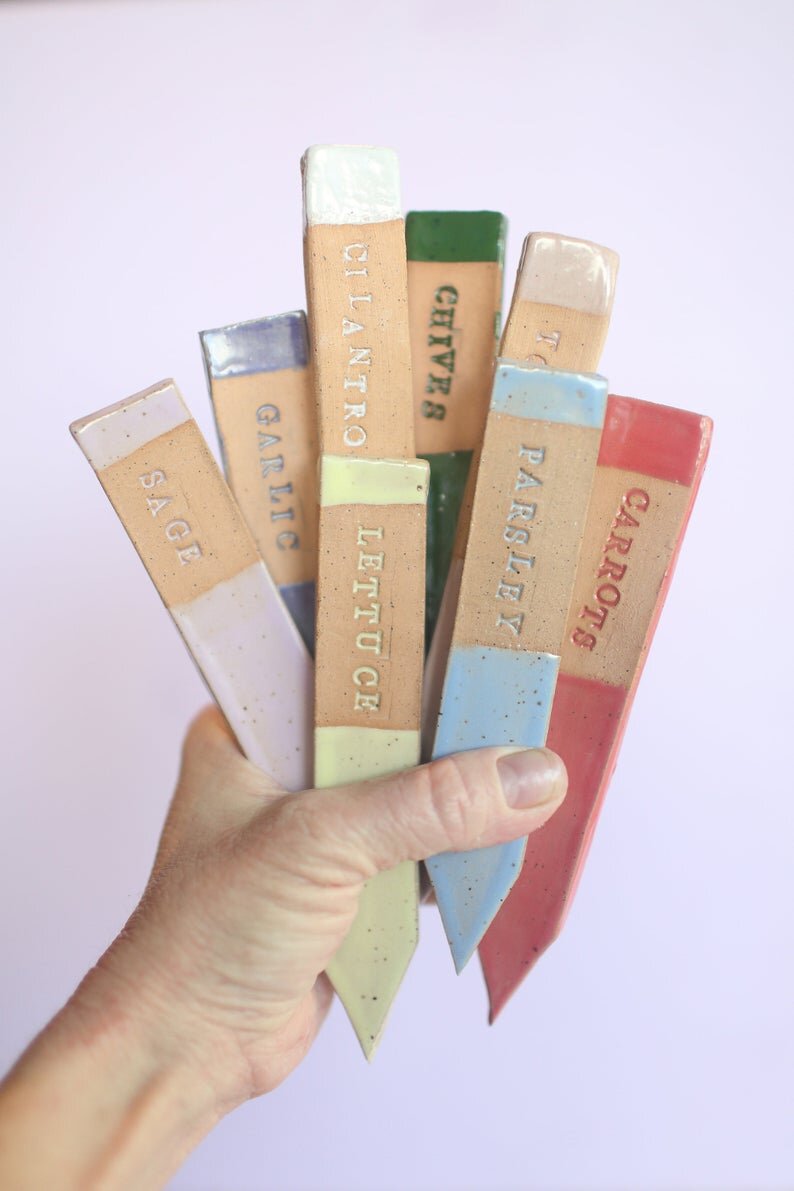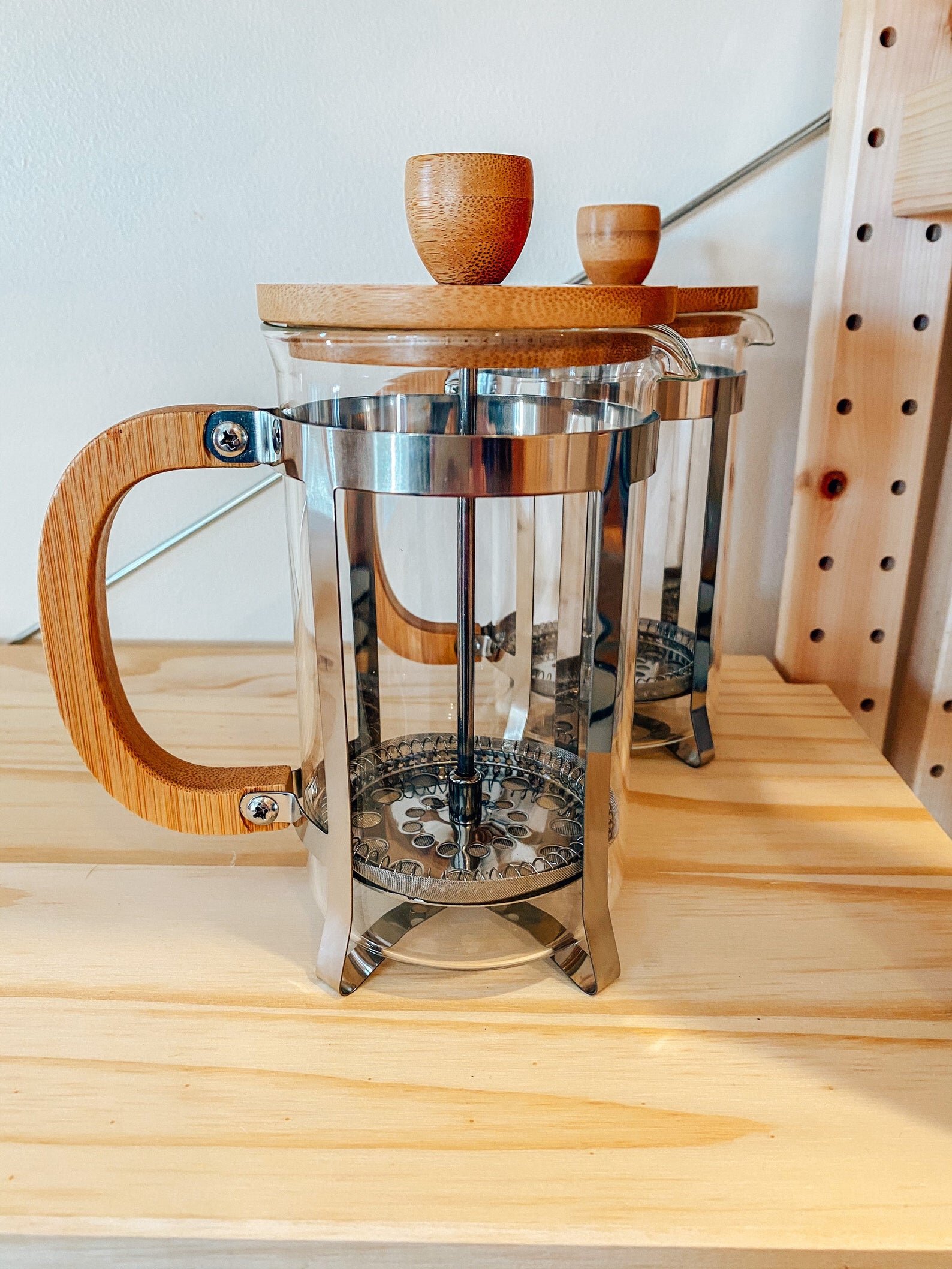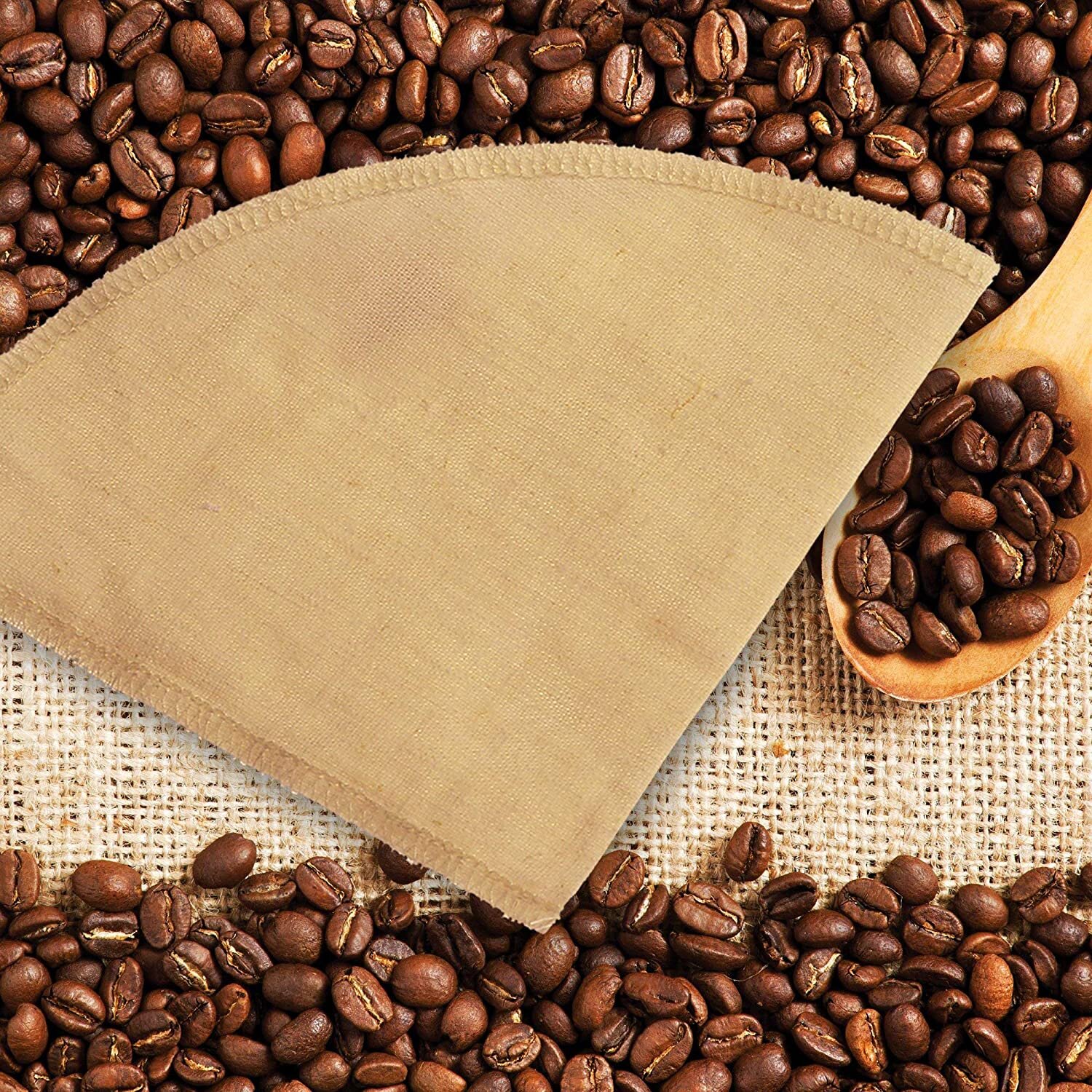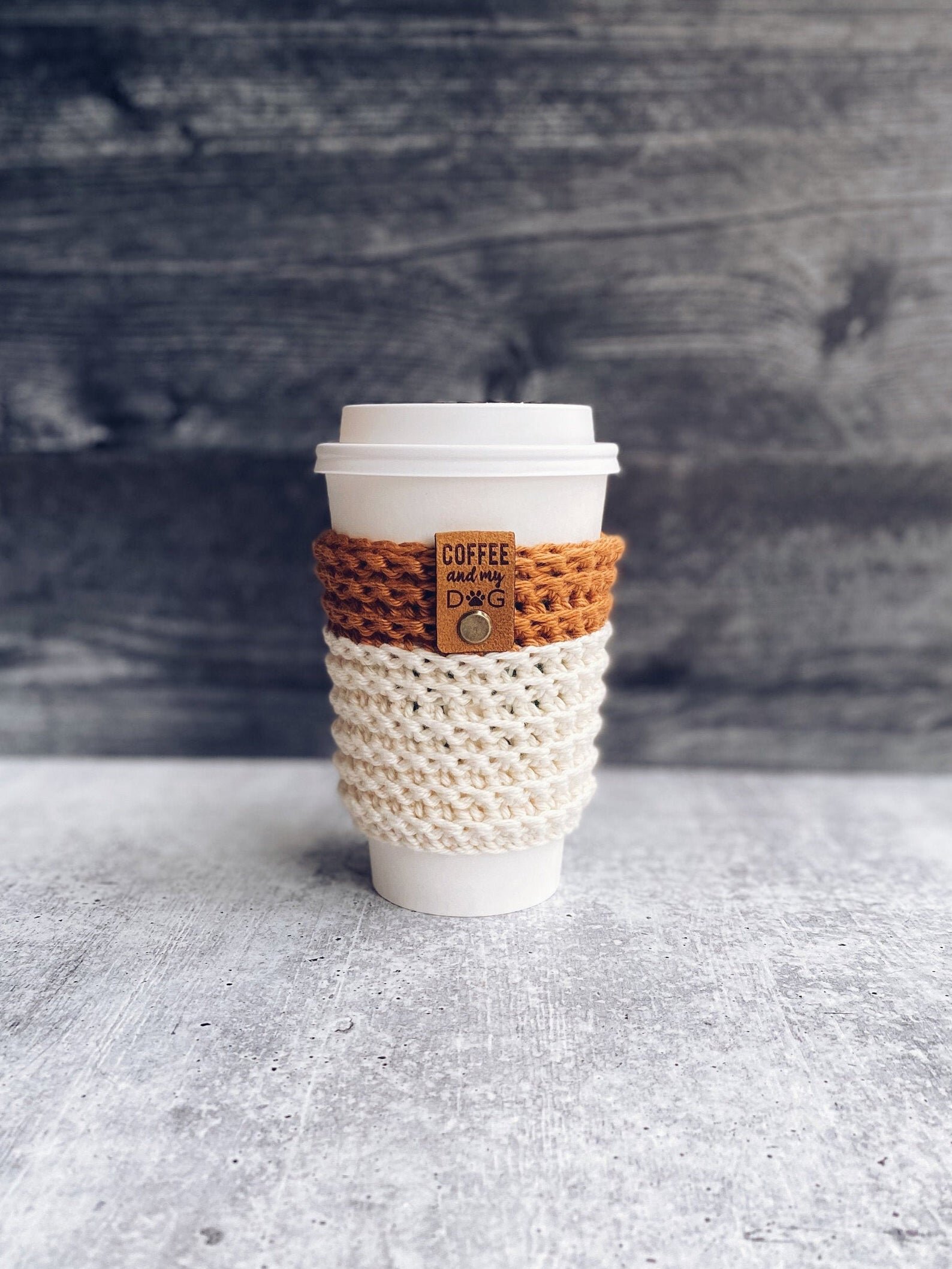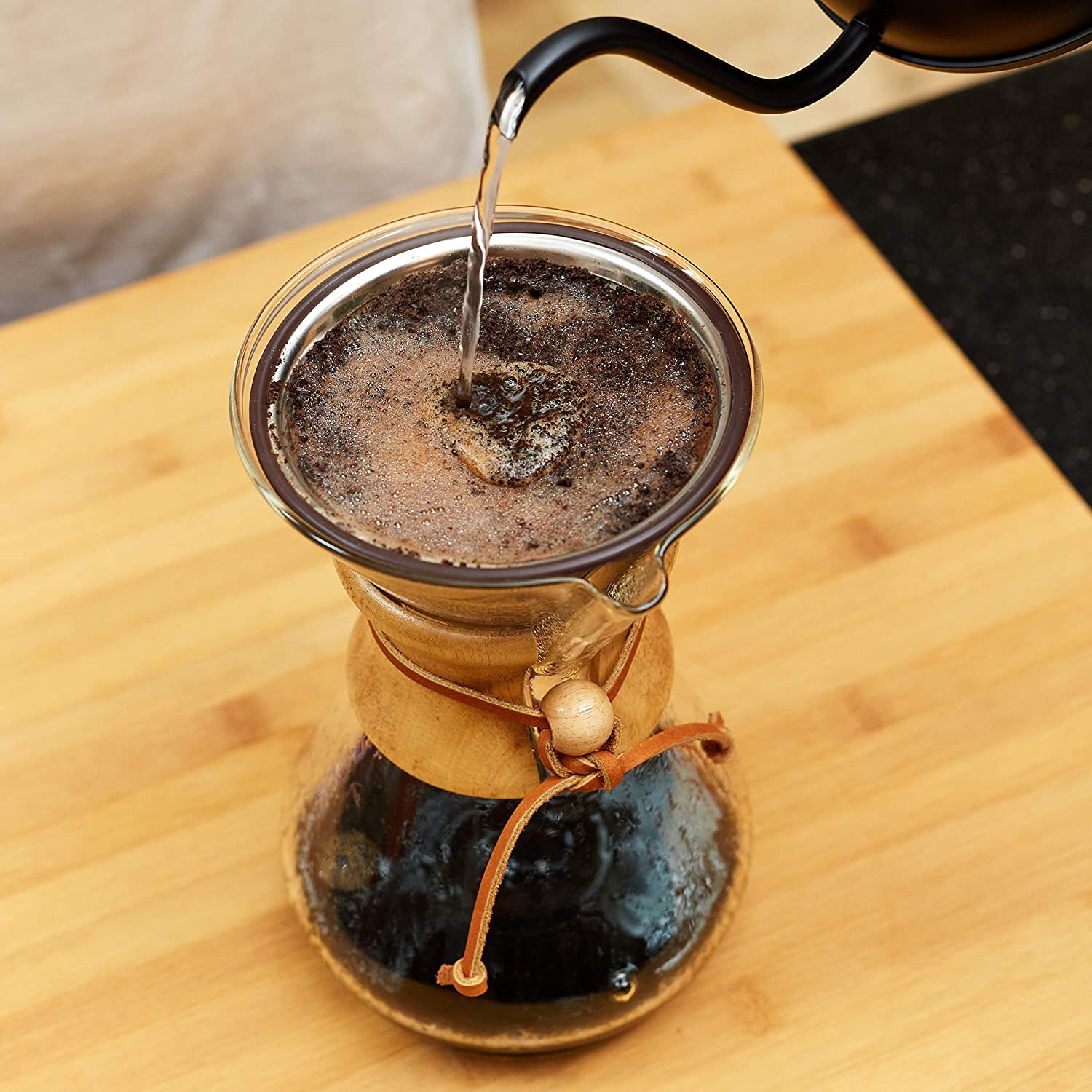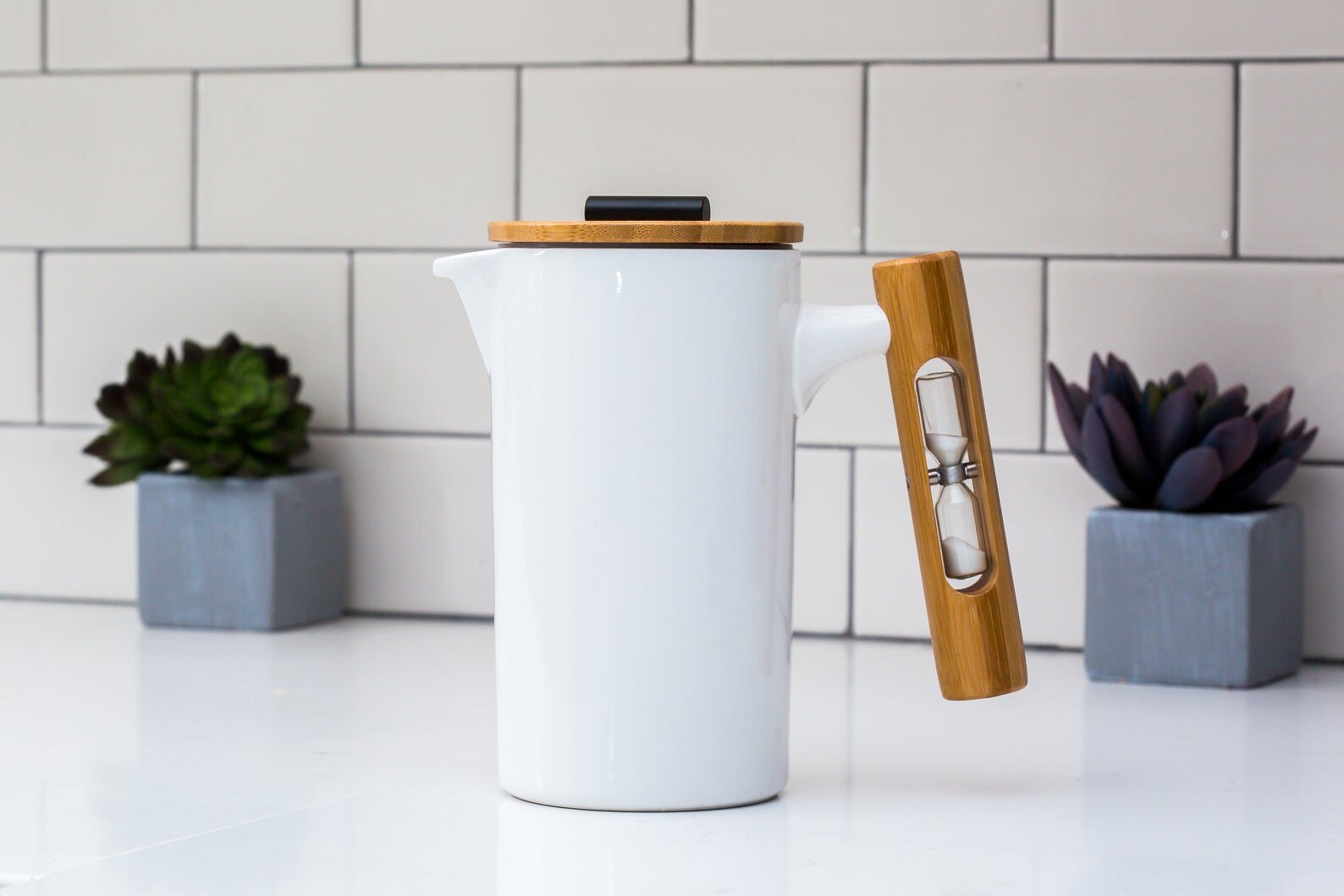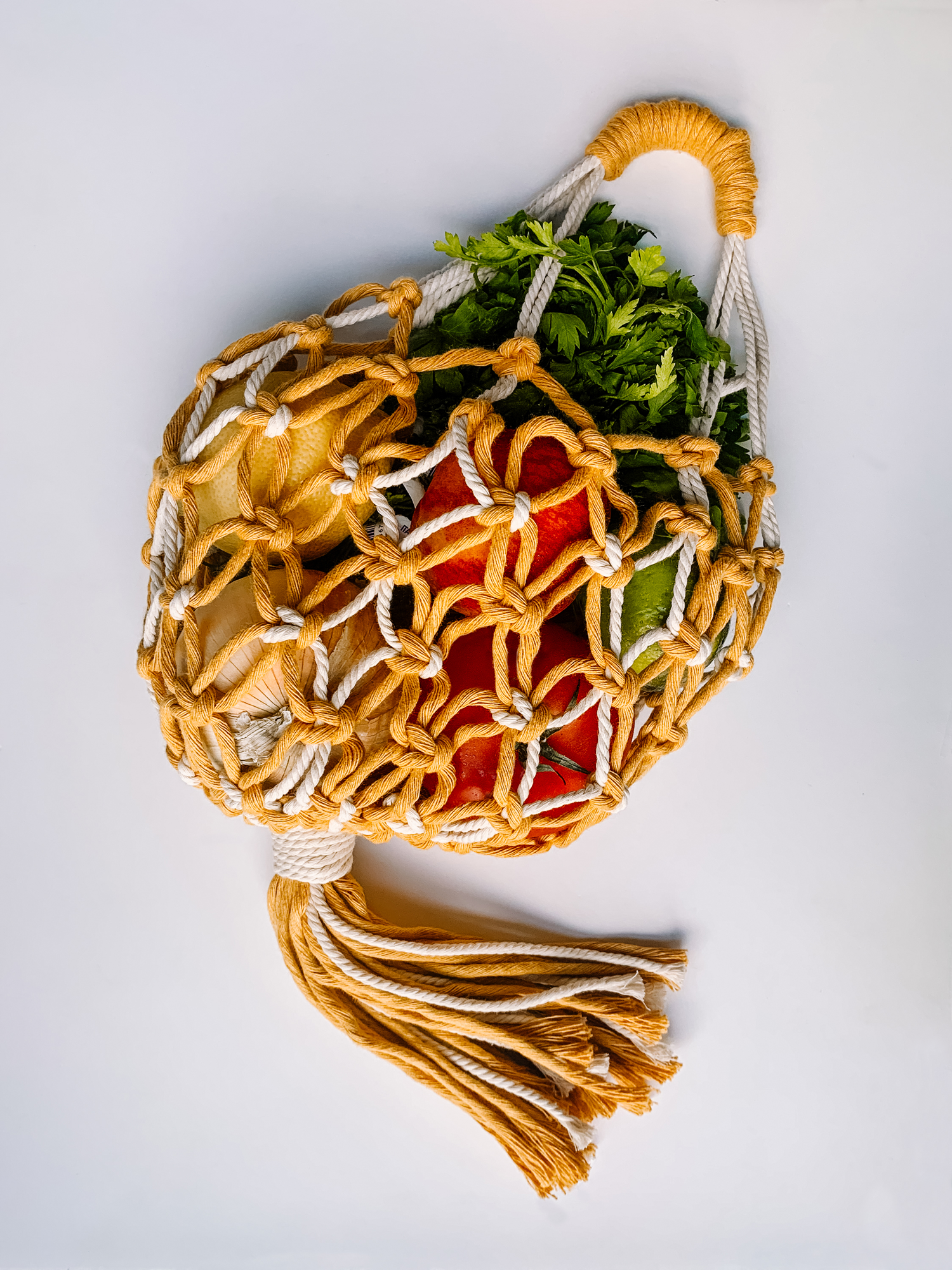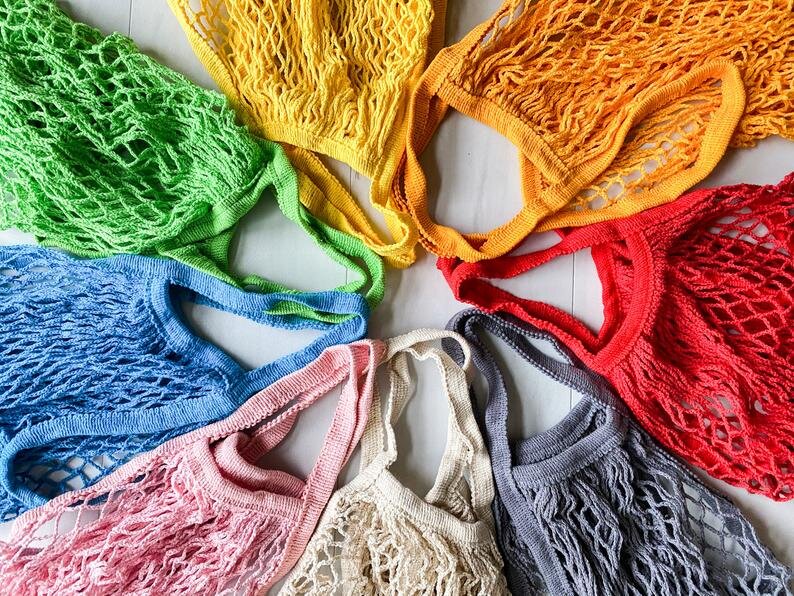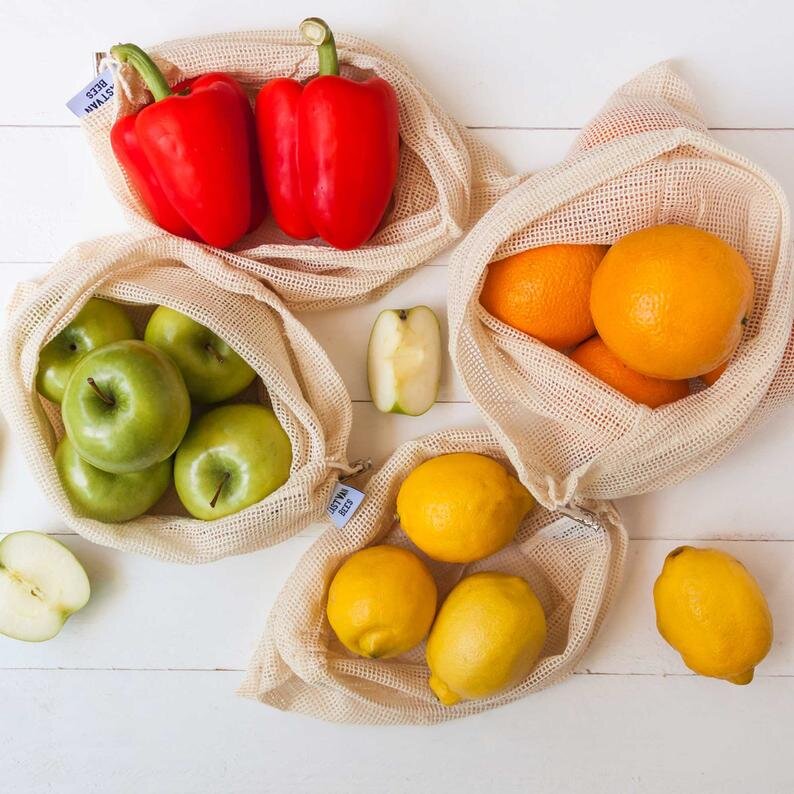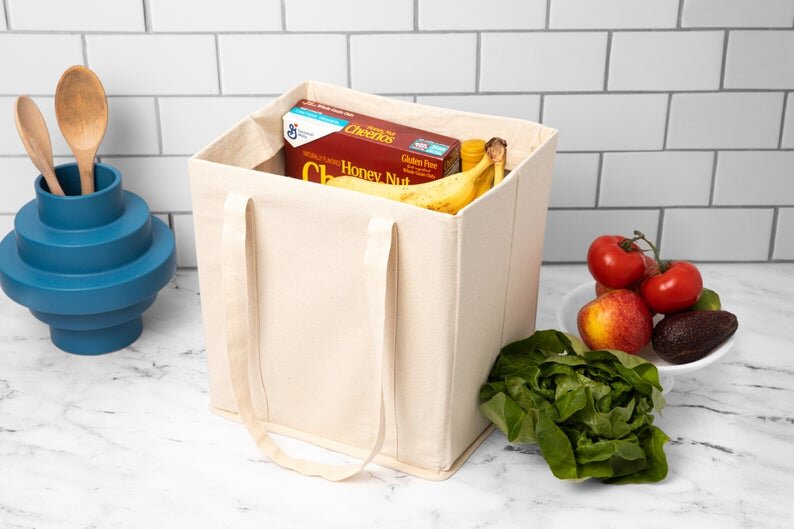7 Ways to Make Your Kitchen More Eco-Friendly
As an Etsy, ShareASale and Amazon Associate I earn from qualifying purchases.
“Plastic was meant to last forever, but most of it is only used once.”
Every year I try to take additional steps to becoming more eco-friendly and green in my life. Our homes are one of the few places we can really have control over when it comes to sustainable products and practices. Being eco-wise is about celebrating innovation, being good residents to our landlord Earth, and passing on our knowledge to others, especially the younger generations. There are lots of small things we can do in our homes to reduce landfill waste, preserve our forests, and clean the air and water. Here are 7 easy, cheap, green options for your kitchen that do not require expensive changes like buying new appliances or replacing your entire space. Choose a couple to focus on that you are not already doing and make them a habit, then repeat.
The Facts:
Plastic can remain in the environment for over 1,000 years before starting to decompose. Since most plastics aren’t biodegradable, as they break down they get ingested by our wildlife and make their way into our water sources. As a result, we are eating a credit card’s worth of plastic each week and 90% of the water we drink has microplastics.
Currently, deforestation leads to almost 50 percent more greenhouse gases than the world’s entire transportation sector and one of the leading causes of deforestation is the wood pulp industry. Wood pulp is used to create paper products and certain textiles like rayon. Our forests are critical to stabilizing our climate and converting carbon.
It is amazing how many chemicals we are sending down the drain everyday. The most common agents are soaps, detergents and surface cleaners each of which can have 30+ chemicals in them that make their way into our water system. Even in communities that have water treatment plants, small quantities of chemicals will still make their way into lakes, rivers and oceans causing chronic harm. For example, the phosphates in dishwashing detergent has a fertilizing effect, stimulating algae growth which reduces the oxygen levels in the water and therefore biodiversity. Many cleaners have surfactants in them which, when introduced to our water, results in plants and animals being able to absorb pollutants more easily.
This is just a small drop in the bucket of “reasons to go green” but I hope you are as inspired as I am to kick it into gear.
1. Stop Using Paper Towels
This may sound hard and you find yourself thinking… What am I supposed to clean up my mess with? My cute hand towels will just get stained? Won’t this be expensive?
Well I recently discovered Swedish dishcloths and I am obsessed. Swedish dishcloths are made of cellulose and cotton, are very durable, soften when wet and even dry out faster than sponges. One cloth replaces 17 rolls of paper towels. SEVENTEEN. They absorb 20 times their own weight in liquid and are anti-bacterial, all natural and when you are done using them you can compost them! Papaya Reusable Towels is my personal choice as their designs are super cute (a requirement in my house of course) and it is female founded. They even offer a subscription service so you never run out.
2. Switching Your Household Cleaners and Soaps
As I highlighted earlier, a large portion of cleaning products end up doing damage to our planet and its biodiversity, not even counting that most come in plastic packaging. There are so many companies that have eco friendly house cleaners these days. Two of my favorites are:
- Blueland (not an affiliate I just love them) which sends you glass bottles (bonus points for no plastic), you fill up the bottles with water, and you drop a tablet in which in turn makes the cleaning mixture. Whenever you run out they just send you more tablets.
- ETEE Shop, a small business that has every type of soap, cleaning, bathroom and kitcken supplies you could think of... all plastic free and eco-friendly.
3. Go Bamboo
I remember learning about bamboo as an amazing resource in my early years, I was obsessed with HGTV and I swear there was a phase where everyone used it on their floors. Bamboo is truly one of the most impressive plants on earth. It can grow 3 to 4 feet a DAY and it’s a great alternative to cutting down rainforests. Additionally, the farming of bamboo requires no artificial pesticides and involves no clear cutting, which means it’s less disruptive to the local species that reside in bamboo groves.
There are so many products out there that are made from bamboo that are easy to switch to while still being cost-effective, cute, and functional. Bamboo is a great replacement for plastic; particularly in straws and scrub brushes. It is also a great replacement for paper products like paper plates, napkins, cleaning wipes, and paper towels. Some of my favorite shops are Bamboo Switch, Brooklyn Made Natural and Juturna Studios.
4. Choose and Store Food Carefully
Choosing: When choosing your food, particularly produce, choose products that have less packaging. For most produce there is a packaged version and an unpackaged version right next to each other. This way you can choose the exact amount you want (no food waste) and you are eliminating more plastic in the world.
Storing: This is a multi headed issue. So much food is thrown out each year, solely because it goes bad on our counter or fridge. The food we do store effectively, is often stored in plastic bags that get discarded after 1 use.
There are some great eco friendly alternatives that are attractive, cheap and really effective. Silicone covers are great because they are extremely flexible and they create an air-tight seal so your food will stay fresher longer. There are even tiny ones for half-empty cans, lidless mason jars, and the ends of fruit and veggies! You can use them on the bowl you cooked in or ate in which saves dishes and therefore time and water! Beeswax wraps do the same thing but have shorter lifespans; however, they are compostable! Made out of 100% cotton, beeswax, oil and tree resin, these are antimicrobial, come in many sizes, are washable, and you can reapply the beeswax mixture to keep it going longer.
5. Grow Herbs and Veggies
As if I wasn’t going to include plants in some form! This is probably my favorite option because you get to grow, eat and help the planet (these are a few of my favorite things)! By growing our own food we are eliminating the emissions from the transportation of the goods to our local stores. You do not need a backyard or a balcony to grow herbs, though if you do have those spaces great! There are plenty of windowsill kits for growing herbs and even ones that include grow lights if you do not have enough sun. If you do have outdoor space then I highly recommend a container veggie garden.
6. Take a Look at your Coffee
Oh Coffee! Delicious and necessary for many of us workers but extremely harmful to the environment the current way most people use it. This is one of those things that is really easy to solve with a few small changes.
SINGLE SERVE COFFEE MACHINES: About 25% of American homes have a single serving coffee machine, like Keurig. An environmental study estimates the amount of K-Cups in landfills “could wrap around the planet 10 times.” The solution? Use a reusable pod. You fill it with coffee grounds, pop it in the machine and after brewing, compost those grounds, wash the pod and reuse it!
POUR OVER/DRIP COFFEE MAKER: These types of coffee makers use filters, most commonly those bright white paper filters that we all used in crafts when we were little. You know the kind. Well not only is paper harmful (check the deforestation section at the beginning) but they are bleached to get that color which results in chemicals in our water system. Great thing is there are plenty of types of reusable ones. The most common is metal and the new hot thing is Hemp. Hemp filters are extremely eco-friendly and can be used hundreds of times.
FRENCH PRESS: WINNER WINNER! These beauties are made of glass and wood (points for no plastic) and require zero filters.
7. Grocery and Produce Bags
Using the bags your grocery store gives you is not necessarily a bad thing, as long as you are reusing them. According to a report from the Environment Agency, a paper bag must be reused three times to compensate for its environmental effects when compared to a plastic bag. However, paper is compostable whereas plastic holds a high carbon footprint and remains on our Earth long past its use. Meanwhile, the production behind a cotton tote may be high, but they can also get used hundreds of times which again, evens out its footprint. Even better if the materials it is made of are eco friendly and zero waste. For me, I keep 2 bags in my car and 2 bags by my front door, rarely do I ever find a time when I don’t have a bag when I need one. I even made my own bag with this DIY Macrame Bag. Many bags out there are collapsible or packable which means you can even keep one in your purse or backpack should you need it. This is one of the easiest changes to make and the most stylish.










